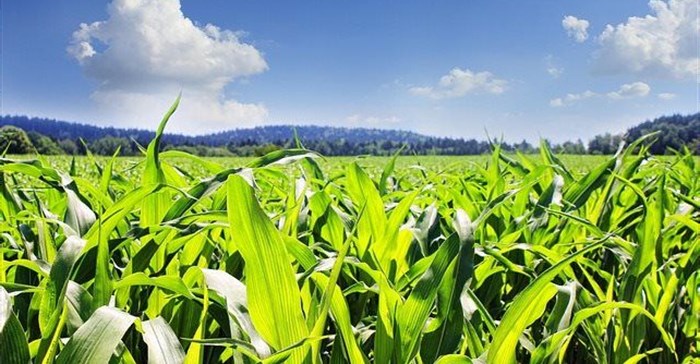
SA has not only experienced a frequent occurrence of drought, but also significant change in the frequency, patterns and intensity of rainfall. Regions such as Mpumalanga and KwaZuluNatal, which would typically receive their first rains in about October, have in the past few seasons experienced nearly a month delay.
This has led to farmers adjusting their typical planting schedules for summer crops. Even the 2019/2020 season, which is set to yield the second-largest grains harvest in the history of the country, started with prolonged dryness that led many to doubt the prospects of a good harvest. Fortunately, when it finally rained it was sufficient and consistent enough to boost the fortunes of the farmers.
The preliminary indications for the 2020/2021 season, at least with respect to weather conditions, are showing some encouraging signs. We might not have a drier start to the season as in the 2019/2020. This past week the SA Weather Service (SAWS) released its seasonal climate watch, which highlighted that the “likelihood of a La Niña phase during the coming summer months has drastically improved in the last few months, and it will be closely monitored as we move closer to the summer forecasts”.
The local weather bureau is not alone in this view. This past week the Australian Bureau of Meteorology indicated that “the chance of a La Niña event forming in the coming months has increased to about 50% — twice the normal likelihood”. As a general reminder, La Niña weather events typically result in above-average rainfall in most of SA over the summer months (except for the Western Cape, which is a winter rainfall region and has been receiving good rains lately).
What is also encouraging is that these rains may not be delayed as in the past few seasons. The SAWS further noted that during spring, which is from September to November, “forecasts indicate increased chances of above-normal rainfall over the eastern parts of SA”. These are regions that would traditionally receive rainfall in this period so that plantings could commence at the beginning of October.
Under such a scenario it is plausible that the central and western regions of SA would receive rainfall early enough to keep up with the typical planting schedule for summer crops, which is the beginning of November for central SA and mid-November for western SA. As we have discussed in the past in these columns, late plantings typically come with a much higher risk of lower yield due to possible frost later in the season (although we were lucky this year).
This would be a second consecutive good season, which would allow farmers to improve their financial conditions. Over the past decade the good seasons have generally been followed by droughts in most parts of SA, which has meant that farmers' finances have generally been constrained, as most farming entities would require several good seasons for their finances to recover. This would be an improvement for not only field crop and horticulture farmers, but also for the livestock sector, which would benefit from improved grazing veld conditions and available supplies of grains.
For summer grains such as maize, soybeans and sunflowers, the years of large harvests, as in the 2019/2020 production season, would typically result in a notable decline in prices. Such an event unfolded in 2016/2017 production season, whereby in July 2017 maize prices had already declined to levels below R2,000 per tonne.
This time around maize prices have been remarkably steady in an environment of a large harvest. In the week of July 24, maize prices were still hovering at about R2,500 per tonne, although this is lower than this time last year for both white and yellow maize. Several factors partially explain this: the weaker domestic currency, which has a strong correlation with the domestic maize price movement; strong demand from regional and deep-sea markets; and a slight delay in producer deliveries compared to the normal seasons because of the late start of planting.
For farmers who have experienced droughts in the past seasons and seen rising debt levels, such steady prices provide a slight benefit. Meanwhile, consumers are also not as pressured, as shown in the recent food price inflation data from Stats SA, which shows grain-related products price inflation has been subdued for some months.
In a nutshell, early indications suggest that SA might experience another good agriculture season in 2020/2021 because of the expected higher rainfall. If this materialises, it will benefit all subsectors of agriculture: field crops, livestock and horticulture. And for the first time in many years the available forecasts suggest the summer crop season could start in its traditional period, the beginning of October.
Of course, weather conditions can change and we will be closely monitoring guidance from the weather forecasting institutions ahead of the planting period.
This article was written for and first published in Business Day.
Source: Agbiz